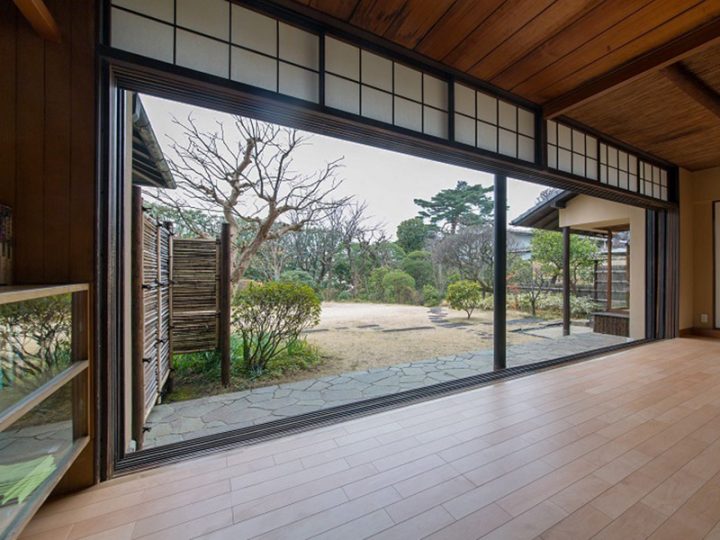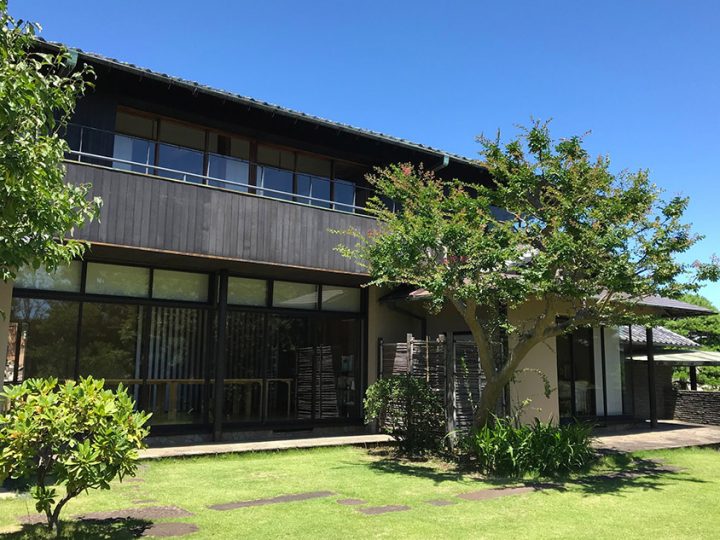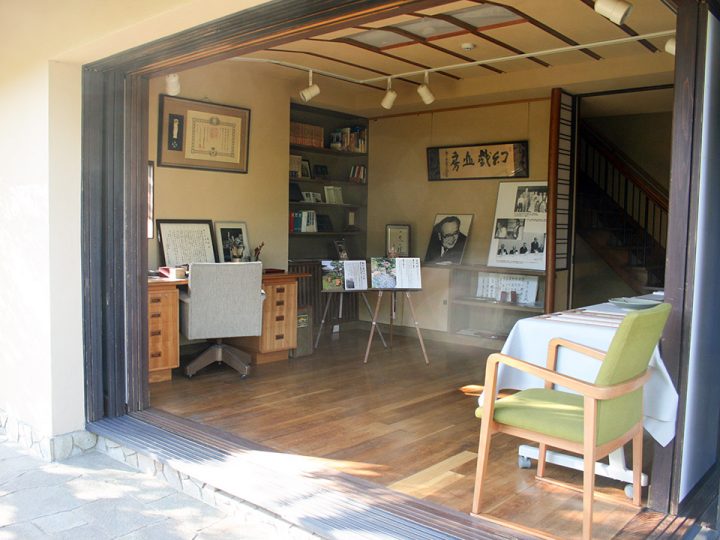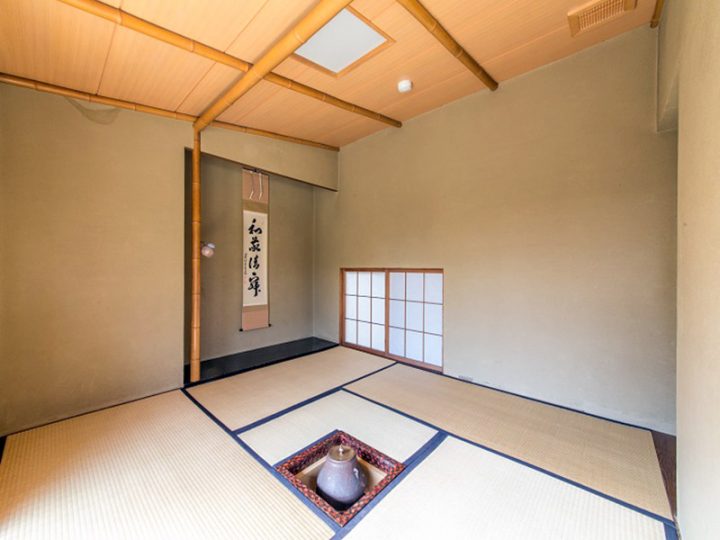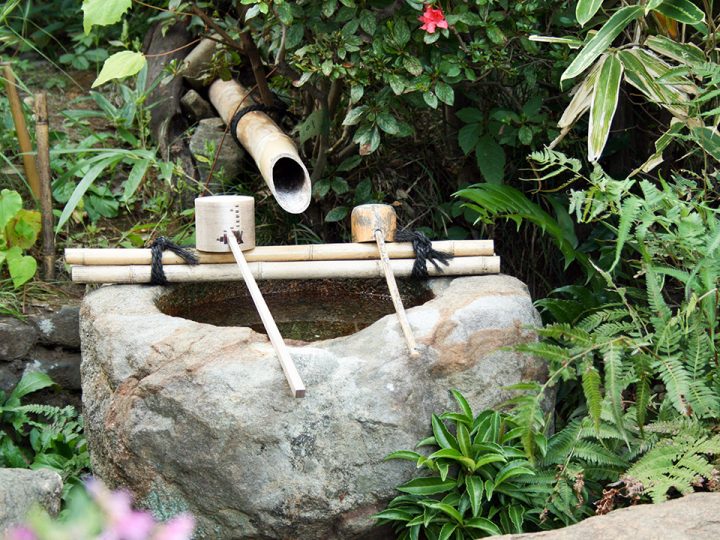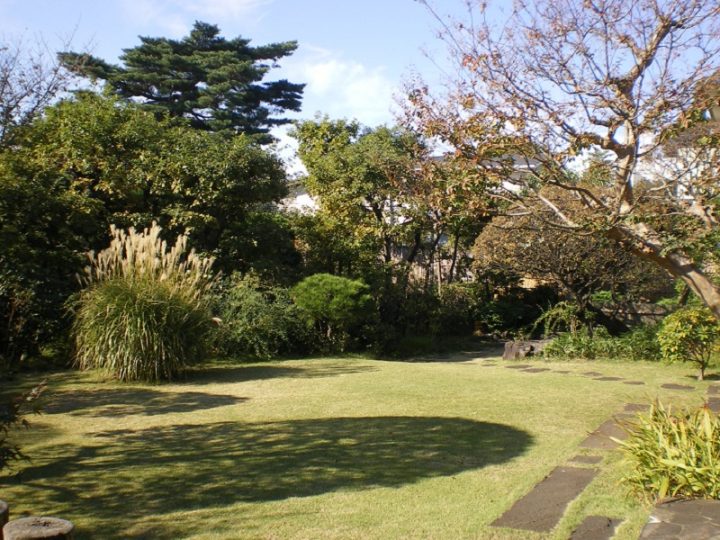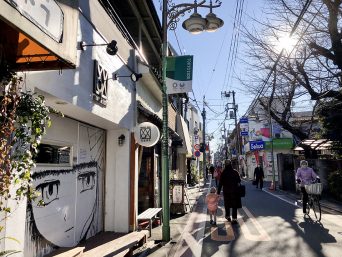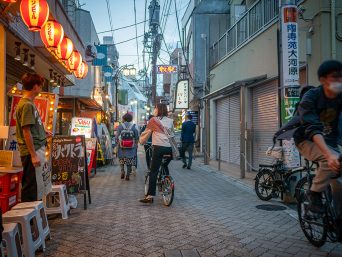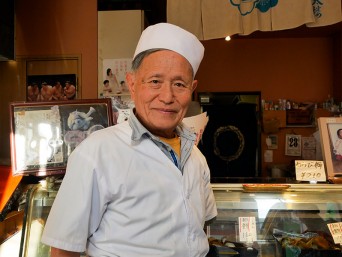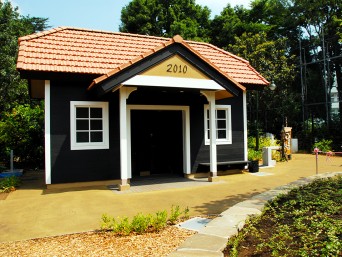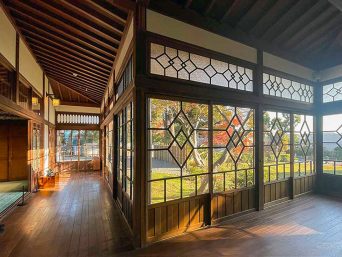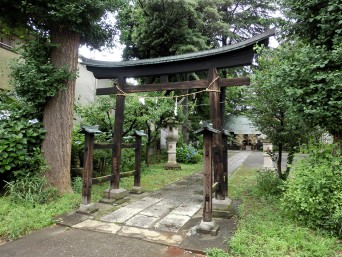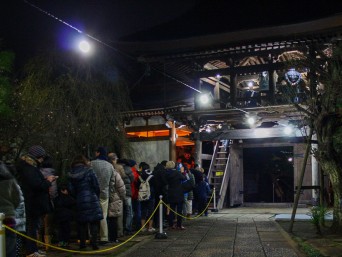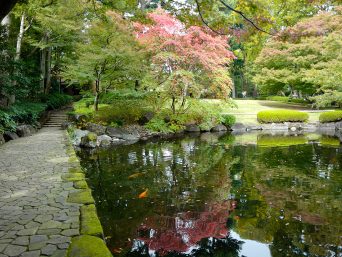- SEE & DO
- SIGHTSEEING
- parks
- GENGI SAMBO & KADOKAWA GARDEN
- Price:
Free Entry
- Address:
- 3 Chome-14-22 Ogikubo, Suginami, Tokyo
- Distance from Station:
- 12 minutes on foot from JR/Tokyo Metro Ogikubo Station, South Exit (East Gate)
- Open:
- 9:00am - 5:00pm,Closed Wednesdays and during New Year's holidays
- Website:
- https://www.city.suginami.tokyo.jp/shisetsu/kouen/02/ogikubo/1007132.html (external link)
- no-smoking
GENGI SAMBO & KADOKAWA GARDEN
A Sanctuary of Tranquility
A peaceful walk through a peaceful residential area about 15 minutes from the south exit of Ogikubo Station brings you to a place of utmost tranquility in Tokyo. Small but full of energy, the Suginami House of Poetry, “Gengi Sambo”, is a historical building on the grounds of Kadokawa Garden, a Japanese style Teien garden park.
The former owner of the 1955 building and its grounds was the famous haiku poet and founder of Kadokawa Publishing Company. The house and the garden opened to the public in 2009 as an official park of Suginami after being gifted from the former owner of the family. The house has two floors with a tea ceremony room in the Sukiya-zukuri architectural style that was designated as a national cultural heritage property in 2009. The house is in the style of a modernized tea ceremony house, designed by Akio Kakurai, who was a famous architect and a haiku poet.
There are beautiful Japanese style rooms with latticework transoms, but unfortunately, the second floor is not open to the public. On the other hand, those who wish to perform or experience tea ceremony in the tea ceremony room, with its exquisite bamboo posts and ceiling beams, can rent it via Suginami city hall. Two other rooms can also be rented.
As remarkable as the inside of the house is, the outer garden is just as lovely in the right season, with a variety of flowers to enjoy in each season; For instance, cherry blossoms in spring, multiflora roses in summer. In the autumn, you can see the Japanese pampas grass waving in the wind, blending perfectly with the surroundings for a wabi-sabi feeling. The nature in the garden reflects the seasonal words of traditional haiku poems.
In the corner of the garden, in front of the tea ceremony room, there is a spot where you can deeply feel Japanese culture. Here you can find Japanese traditional chozubachi and suikinkutsu which communicate the power of purity of water. Chozubachi is a washbasin for cleaning hands especially at a tea house or shrine. This one is a stone basin with wooden ladles. Water is fed into the basin through a bamboo spout that makes beautiful ripples on the surface.
Suikinkutsu is a type of Japanese garden ornament where water drips through a hole at the top of a pot (usually underground) with water inside in order to make a pleasant musical bell sound when the water drops into it. These are traditionally placed next to the chozubachi, so that water can be conveniently taken from the basin using the ladle to hear the peaceful sound.
Also be sure not to miss the walking a path behind the garden. Although it is short and narrow, there are many kinds of plants that create a majestic atmosphere. This melds well with all the Gengi Sambo and Kadokawa Garden have to offer.
ACCESS
YOU ALSO MIGHT LIKE:
IN THE AREA:








